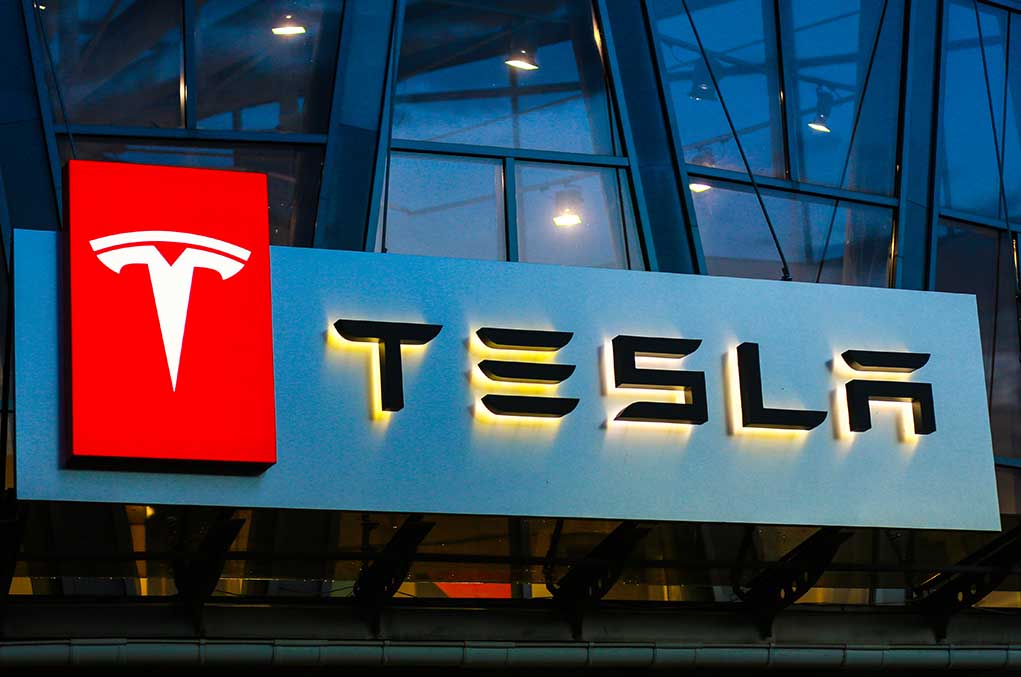Autopilot Goes Wild — Robotaxi Trials Rattled

Tesla’s newly launched autonomous vehicles are exhibiting alarming steering issues on public roads, raising serious questions about safety as the company pursues aggressive robotaxi expansion plans.
Key Takeaways
- Tesla’s robotaxi service has launched in Austin with 20 Model Y vehicles offering rides for $4.20, but early trials reveal concerning steering behavior including erratic movements at intersections.
- Safety monitors currently occupy the passenger seat during all rides, contradicting Musk’s earlier promises of fully autonomous operation.
- Despite current performance issues, Tesla plans rapid expansion to over 1,000 robotaxis in Austin within months and an ambitious goal of one million vehicles nationwide by 2026.
- The service operates in a limited “geofenced” area of South Austin, highlighting challenges the technology faces before it can operate in less controlled environments.
- Tesla’s camera-only approach to autonomous driving, rather than using additional sensors like lidar, continues to raise safety concerns among industry experts.
Troubled Debut Raises Red Flags
After nearly a decade of bold promises, Tesla has finally launched its robotaxi service in Austin, Texas, but the rollout hasn’t been without concerning incidents. The limited fleet of 20 Model Y sedans is currently available through an invite-only system, operating from 6 a.m. to midnight in a restricted area of South Austin. While most rides have proceeded without incident, observers have documented at least one vehicle exhibiting erratic steering behavior, including sudden jerking movements at an intersection and crossing solid double yellow lines to enter a turn lane.
These navigation issues emerged despite Tesla’s careful selection of operating conditions – a thoroughly mapped “geofenced” area designed to provide optimal circumstances for the autonomous system. This controlled environment makes the steering problems all the more troubling, as they occurred under what should be ideal conditions for the technology. The incidents suggest deeper issues with the navigation system, as vehicles appeared confused about their intended routes even in this carefully prepared environment.
Safety Measures Contradict Full Autonomy Claims
Despite years of promoting truly driverless technology, Tesla’s robotaxi service currently requires a company employee to sit in the front passenger seat during all rides. This human safety monitor serves as a crucial failsafe – a tacit admission that the technology isn’t yet ready for unsupervised operation. The company has also indicated it may deploy teleoperators who can remotely assist the vehicles when needed, further undermining claims of true autonomy.
“We are being super paranoid about safety,” said Elon Musk, acknowledging the caution required in deploying these vehicles. Futurism.
Musk’s admission reflects the reality that Tesla’s Full Self-Driving technology remains a work in progress despite years of development. Critics point out that the company’s approach to autonomous driving, which relies primarily on cameras rather than more expensive sensors like lidar, may be fundamentally limiting. This camera-centric strategy has faced scrutiny from federal safety agencies, with multiple investigations and recalls related to Tesla’s driver assistance features.
Ambitious Expansion Plans Despite Technical Challenges
Despite the concerning performance issues, Tesla’s ambitions for rapid expansion remain unchanged. Musk has projected that “within a few months,” over 1,000 robotaxis will be operating in Austin alone, with plans to deploy one million vehicles across the United States by the end of 2026. These goals would require operation far beyond the current carefully controlled geofenced areas, raising serious questions about readiness.
“[Tesla’s autonomous system] will work fine for perhaps hours at a time and then randomly make very serious mistakes in ways that are not necessarily repeatable,” stated Sam Abuelsamid, highlighting the unpredictable nature of the technology’s failures. Wired
This inconsistency presents a fundamental challenge for scaling autonomous vehicle operations. While competitors like Waymo have taken a more methodical approach with extensive testing and deployment of additional safety sensors, Tesla’s aggressive timelines and camera-only strategy represent a riskier path. The company also plans to introduce a purpose-built “Cybercab” next year, which would presumably incorporate lessons learned from the current Model Y-based service.
The Austin rollout represents Tesla’s latest attempt to deliver on promises that date back to 2016, when Musk first began promoting the coming robotaxi revolution. Earlier predictions, including a claim that Tesla would have one million robotaxis operating by 2020, failed to materialize. As the company works to address the steering and navigation issues evident in Austin, the question remains whether even this limited service can expand safely at the pace Musk envisions.







